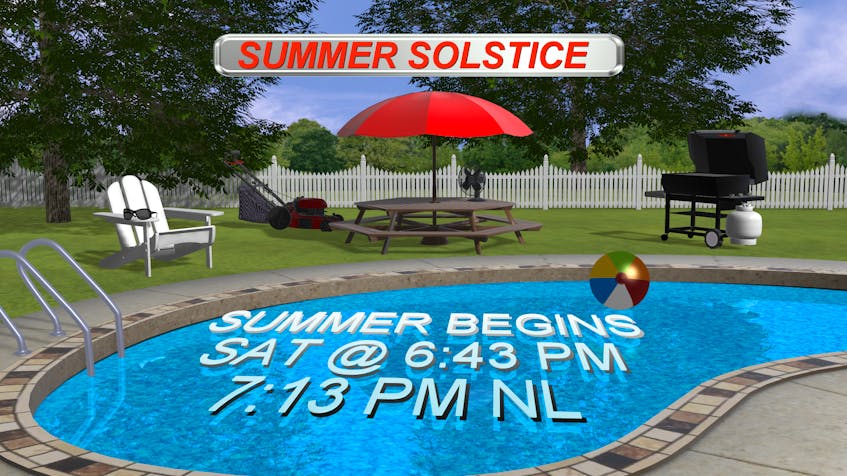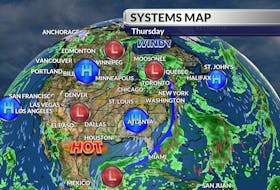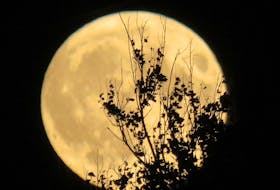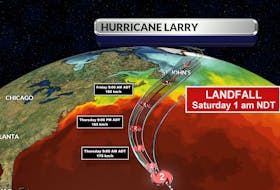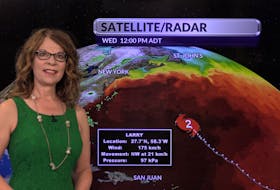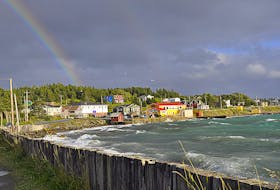As much as I enjoy the snow, I love summer; I don't know many people who don't.
Oh, there are some things we could do without like the allergies, mosquitoes, extreme heat and high humidity, but overall it’s a good season, which by the way, begins at 6:43 p.m. ADT or 7:13 p.m. NDT.
I get more questions about the start of summer than any other season. This year, I thought I would get ahead of it with this list of “Did You Knows” about the fair season.
- The timing of the June solstice is not based on a specific calendar date or time; it all depends on when the sun reaches its northernmost point from the equator.
- The summer solstice in the Northern Hemisphere ranges in date from June 20 to 22. This occurs, in part, because of the difference between the Gregorian calendar system, which normally has 365 days, and the tropical year. The tropical year is the time it takes Earth to orbit the sun once; that number is about 365.242199 days. To compensate for the missing fraction of days, the Gregorian calendar adds a leap day about every four years, which makes the date for summer jump backwards. However, the date also changes because of other influences, such as the gravitational pull from the moon and planets, as well as the slight wobble in Earth's rotation.
- The sun appears highest in the sky at the solstice; its rays strike Earth at a more direct angle, causing the efficient warming we call summer.
- Because the sun is highest in the sky on this day, you’ll notice your noontime shadow is the shortest that it will be all year.
- Although the day of the solstice has the most daylight hours of the year, the earliest sunrises of the year occur before the summer solstice. Here, in the mid-latitudes of the Northern Hemisphere, it occurs about a week earlier than the June solstice.
- Our latest sunsets of the year will occur several days after the solstice.
- The sun sets more slowly around the time of the solstice. It takes longer to set below the horizon because of the angle of the setting sun. The farther the sun sets from due west along the horizon, the shallower the angle of the setting sun. Conversely, it’s faster at or near the equinoxes.
Enjoy these long romantic summertime sunsets. By the end of next week, we’ll have already lost a couple of minutes of daylight.
- Want more weather information? Visit your weather page.
- Have a weather question, photo or drawing to share with Cindy Day? Email [email protected]
Cindy Day is the chief meteorologist for SaltWire Network

